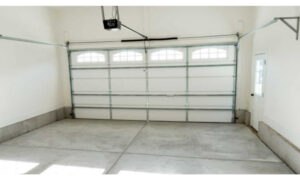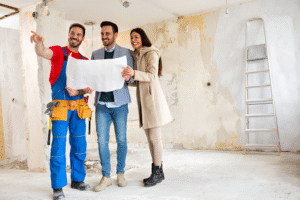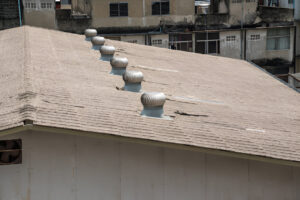
Restoring a historic home is a labor of love that requires attention to detail, patience, and a deep appreciation for preserving the past. Whether you are a homeowner looking to restore a historic property to its former glory or a renovation enthusiast interested in the art of preservation, here are some valuable tips and tricks to guide you through the process.

Research and Documentation
Before embarking on any restoration project, it is crucial to conduct thorough research on the history of the home and its original architectural features. Visit local archives, historical societies, and libraries to gather information about the building’s construction, design, and any significant events associated with it. Documenting the current condition of the property through photographs, sketches, and notes will provide a valuable reference point as you progress through the restoration process.
Preservation vs. Restoration
When it comes to historic homes, there is a distinction between preservation and restoration. Preservation aims to maintain and protect the existing materials and features of a building, while restoration involves repairing or reconstructing elements that may have been damaged or lost over time. Striking a balance between preserving the home’s original character and ensuring its structural integrity is key to a successful restoration project.
Consult with Experts
Seeking guidance from preservation specialists, architects, historians, and craftsmen with experience in restoring historic homes can provide invaluable insight and expertise. These professionals can help you develop a comprehensive restoration plan, recommend appropriate materials and techniques, and ensure that the project complies with local preservation guidelines and regulations.
Use Authentic Materials
When restoring a historic home, authenticity is paramount. Whenever possible, opt for original or period-appropriate materials such as wood, plaster, brick, and stone to maintain the integrity of the building’s design and construction. Salvage yards, architectural salvage shops, and specialty suppliers are excellent sources for finding authentic materials that match the era of the home.
Preserve Architectural Details
Historic homes are often characterized by their intricate architectural details, such as moldings, trim, windows, doors, and hardware. Paying attention to these elements and preserving or replicating them with precision will help recreate the home’s original charm and craftsmanship. Refinishing woodwork, repairing ornamental plaster, and restoring vintage fixtures are essential steps in bringing back the home’s historic allure.
Maintain a Consistent Aesthetic
When undertaking a restoration project, it is important to maintain a consistent aesthetic throughout the home. Choose paint colors, finishes, and decorative elements that align with the period in which the home was built to create a cohesive and harmonious look. Avoid modernizing or altering the original design elements, as this can detract from the authenticity of the historic property.
Finishing Touches
Once the structural and architectural aspects of the restoration are complete, focus on the finishing touches that will enhance the overall appeal of the home. Consider landscaping the surrounding grounds to complement the architectural style of the property, installing period-appropriate lighting fixtures, and incorporating vintage furnishings and decor to complete the historic ambiance.
Restoring a historic home is a rewarding endeavor that allows you to breathe new life into a piece of the past. By following these tips and tricks for preserving and restoring historic homes, you can honor the legacy of the property, celebrate its unique character, and create a timeless living space that pays homage to its heritage.







